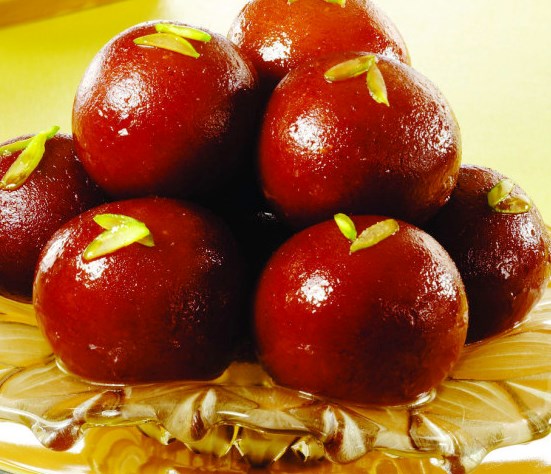
Table of Contents
Indian Sweets
The overflowing plate of dessert arrives and you look at it greedily, your exocrine glands release a flood of saliva which you quickly gulp. You wait impatiently for the others at the table to begin and then you dig in and place a generous scoop in your mouth. The taste buds on your tongue tingle and sizzle and you experience a sensory pleasure so intense, that it borders on ecstasy.
Is there anyone out there who has not yielded to such a seductive temptation by the queen of the five taste sensations (Bitter, Salty, Sweet, Sour and Umami), namely Sweetness?
I was so fascinated by this temptress that I embarked upon a voyage of discovery to trace her roots. The journey took me across the lands of India where she has reigned supreme for centuries and centuries.
Before I started my journey I did some research into how Man became enthralled by the sensation of sweetness. I discovered that the predisposition to the sweet taste was evident even in our leaf-eating primate ancestors who sought out tender leaves with high protein and energy content as opposed to mature leaves. The early Man started associating sweetness with high energy, something to be welcomed and bitterness with poison, something to be abhorred. Thus was born the concept of the ‘Sweet Tooth’.
India, a land as varied in its landscape and culture as the colours and designs in a kaleidoscope also have a rich tradition of sweets stretching back in time to as far as before 500 BCE, when sugarcane was grown and crystallized. India started trading in sugar, making it available to places like Macedonia, China and the Middle East by 600 CE. In ancient India, Indian sweets were placed as offerings to God and then partaken of as food blessed by God.
My travels in India have taken me across the length and breadth of the country, to its modern cities, its small towns and remote villages and wherever I have gone, I’ve devoured some of the best Indian food dishes, and most of the time, I’ve found one unique signature sweet dish which the place claims as its own!” I present here a few authentic Indian sweets.
Kheer
I start my sweet odyssey of Indian sweets with a dessert known simply as Kheer in the Northern parts of India and Payasam in the Southern parts of India. This dessert or its numerous variations occupy the pride of place across India as it is a mandatory dish which is associated and prepared in all religious ceremonies and feasts including weddings, birthdays, baptism or naming ceremonies, death ceremonies, etc..
Ancient Sanskrit literature from India mentions feasts and offerings of sweets. One of the ancient texts, still surviving which has a detailed description of sweets and their recipes is the Mānasollāsa, which literally means delight of the mind and the senses. This is an ancient encyclopedia on food, music and arts. The Mānasollāsa was written about 1130 AD, by the Hindu King Somesvara III. The treatise describes meals that include a rice pudding which was called payasam.
The Kheer is a pudding with milk and sugar being the basic ingredients. This is cooked with either rice, Semolina, Lentils, wheat, etc., and then garnished with dry fruits like Cashew, Raisins, Almonds, etc., powdered cardamom is added as a flavouring agent. As one travels across India one comes across a rich and diverse variety of this ancient dessert, each unique in its own way, yet somehow linked to its roots.
Tip: The best place to taste authentic Kheer or Payasam is at one of the religious events, like wedding etc., where the taste is steeped in ancient history and has the flavour of celebration.
Rasgulla
Bengal, this Eastern state of India, is synonymous with many things; its rich heritage and culture, Calcutta’s old-world charm, Rabindranath Tagore’s literature and the mellifluous sounds of Rabindra Sangeet, Satyajit Ray’s films among others. And nothing epitomizes the sweetness inherent in the rich culture of Bengal more than its favourite dessert, the Rasgulla.
The popular Rasgulla’s history is very interesting with the two states of Bengal and Odisha laying claim to its origin.
According to one theory, the Rasgulla originated from the famous Jagannath Temple, Puri, where it was part of a ritualistic offering to the Goddess Lakshmi. Local legend has it that Goddess Lakshmi is angry because her husband, Lord Jagannath goes on a solo trip for 9 days, known as the Rath Yatra without her consent. She is so upset that she closes the gates of the temple on his return and does not allow him to enter the sanctum sanctorum. It is then that Lord Jagannath pacifies her anger by offering her Rasgullas.
On the other hand, some historians claim that the Rasgulla was first introduced to the world in 1868 by a Calcutta based confectioner named Nobin Chandra Das, however, there are claims that what this Calcutta based confectioner did was to just modify the Odisha version to ensure that it was less perishable and lasted longer.
Whatever be the truth behind the origin of this spongy, gooey delicacy, there is no doubt that it has conquered the palates of all and sundry across India and other countries.
But what is this Rasgulla? Rasgullas are small cheese balls that are simmered in hot sugar syrup, the cheese balls become soft and spongy as they absorb the syrup. They are served floating in the sugar syrup.
Tip: If you think all that sweetness is too much for you, try this! Squeeze the Rasgulla to remove the sugar syrup and then eat it, you will love it!
Mysore Pak
We now move towards Mysore city, the royal city in the state of Karnataka in Southern India, also home to the magnificent Mysore Palace, the former seat of the royal Wodeyar dynasty which ruled the then Kingdom of Mysore from 1399-1947. Mysore is a lovely city which somehow seems to have been caught up in a time warp. As you walk along its shady streets you can catch slices of history from ages long since gone. Such a city has given birth to a sweet dish and has its name associated with it.
If we rewind in history to a little more than a hundred years back we come to the time when Mysore was ruled by Krishna Raja Wodeyar IV. During this time, in the Royal kitchens worked an unknown cook named Kakasura Madappa. In a bid to catch the King’s eye or more specifically his palate, Kakasura Madappa concocted a unique and unheard of dessert, which was a mixture of Gram flour, clarified butter and sugar. When the cook was asked the name of the dish that had been served to the royal family, he blurted out, “Mysore Paka”, Paka in the local language meant sugar solution.
Thus was born the ubiquitous Mysore Pak, which today is available across the state of Karnataka and also elsewhere.
Mysore Pak is available in different variants, one variety simply melts in your mouth releasing a flood of sweetness and energy that simply surges through your being, the other one is a harder variety which you would need to bite on and chew, relishing it till the last grain releases its sweetness.
Tip: If you are in Bangalore and would like to taste some awesome Mysore Pak, the place to do it is Sri Venkateshwara Sweets
You might be interested in checking out our other post – 5 Indian Desserts That Will Have You Salivating.
How did you like this sweet odyssey of Indian sweets? This is just the tip of the sweet tooth! We have continued our sugary journey further. Here is another post in this series of Indian sweets! 5 Indian Desserts That Will Have You Salivating
After all this rich sweetness of Indian sweets, in case you are having a sweet rush, you can relish some spicy snacks by checking out one of our other posts :
Indian food you should definitely try in your lifetime
Do You Love Traveling?
Do you want to know how to travel the world? We have put together a very useful travel resources page with best travel tips. Go check it out now.
Thanks for visiting our site Voyager – imvoyager.com and taking the time to read this post!
If you wish to collaborate/work with us then reach us at [email protected]
We’d love if you’d comment by sharing your thoughts on this post and share this post on social media and with your friends.
[shareaholic app=”share_buttons” id=”27413782″]
Follow our journey on our social media channels:
Facebook Twitter Instagram Pinterest YouTube
60+ Million Users Trust TripAdvisor With Their Travel Plans. Shouldn’t You?
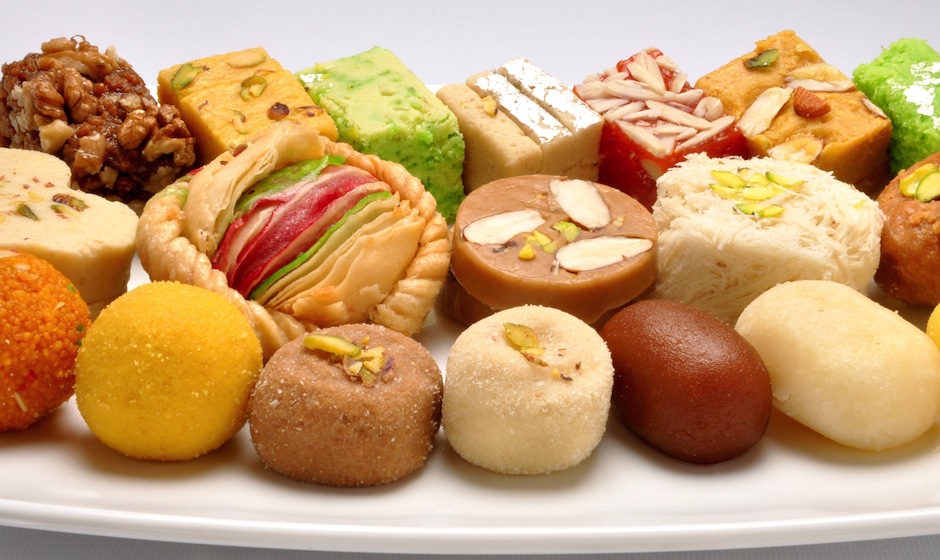
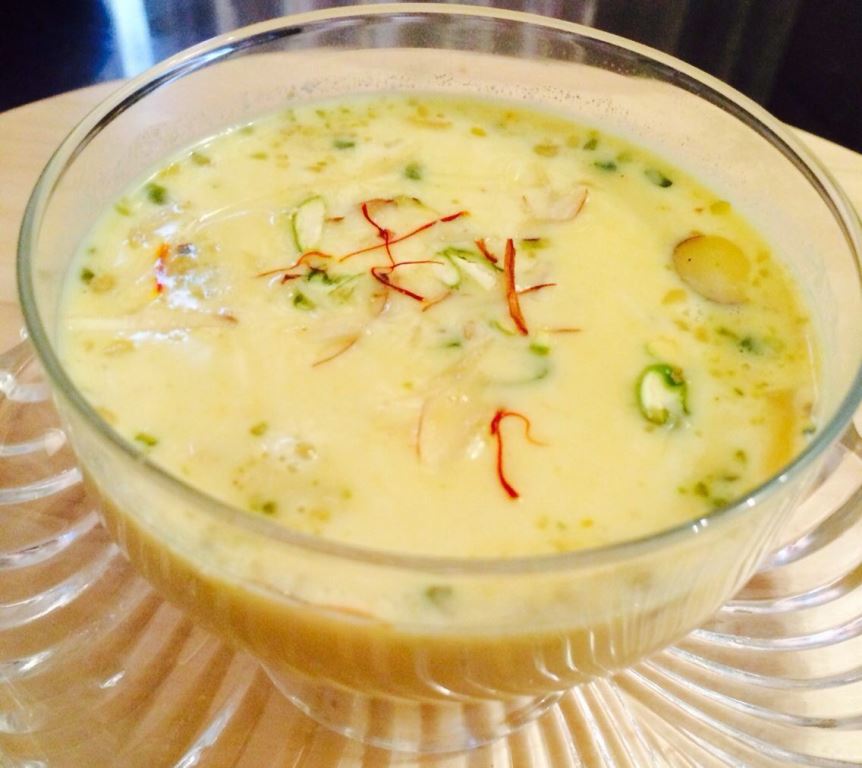
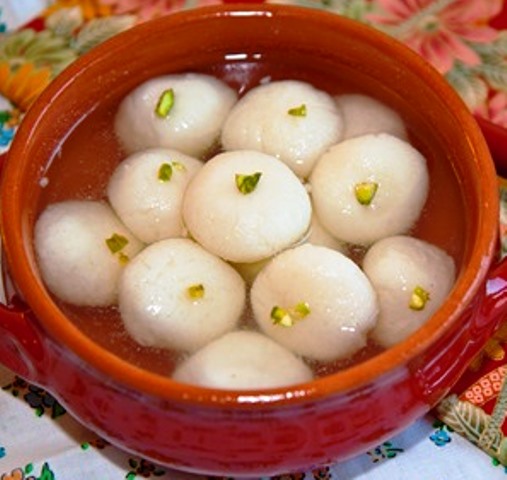
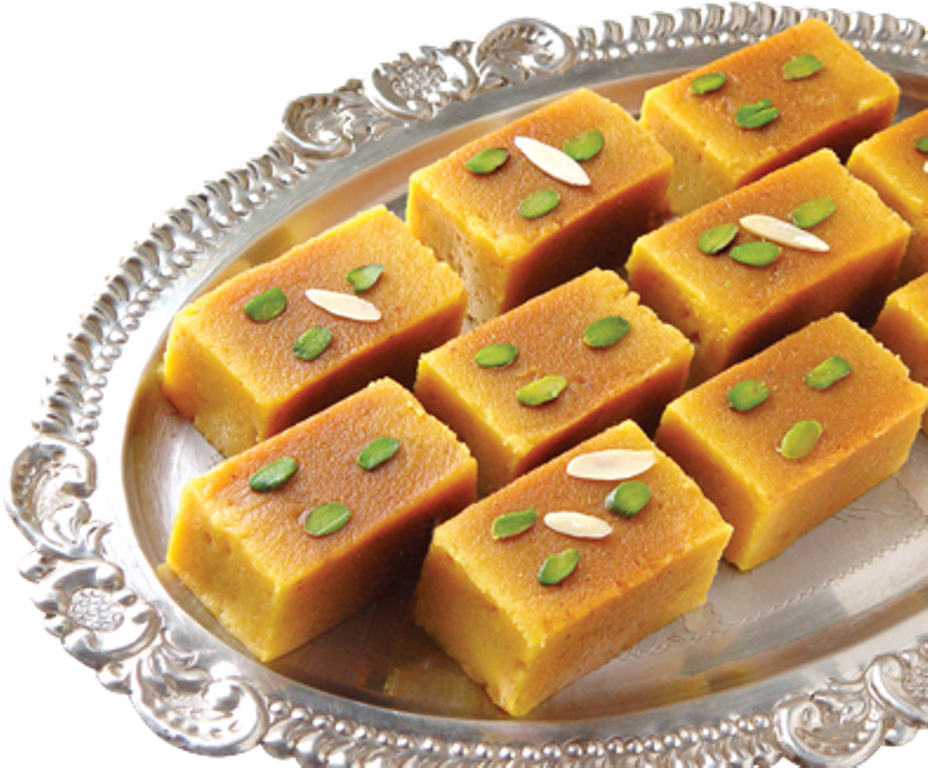

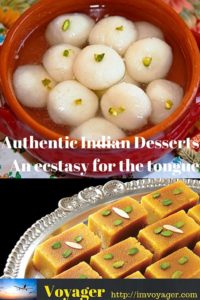

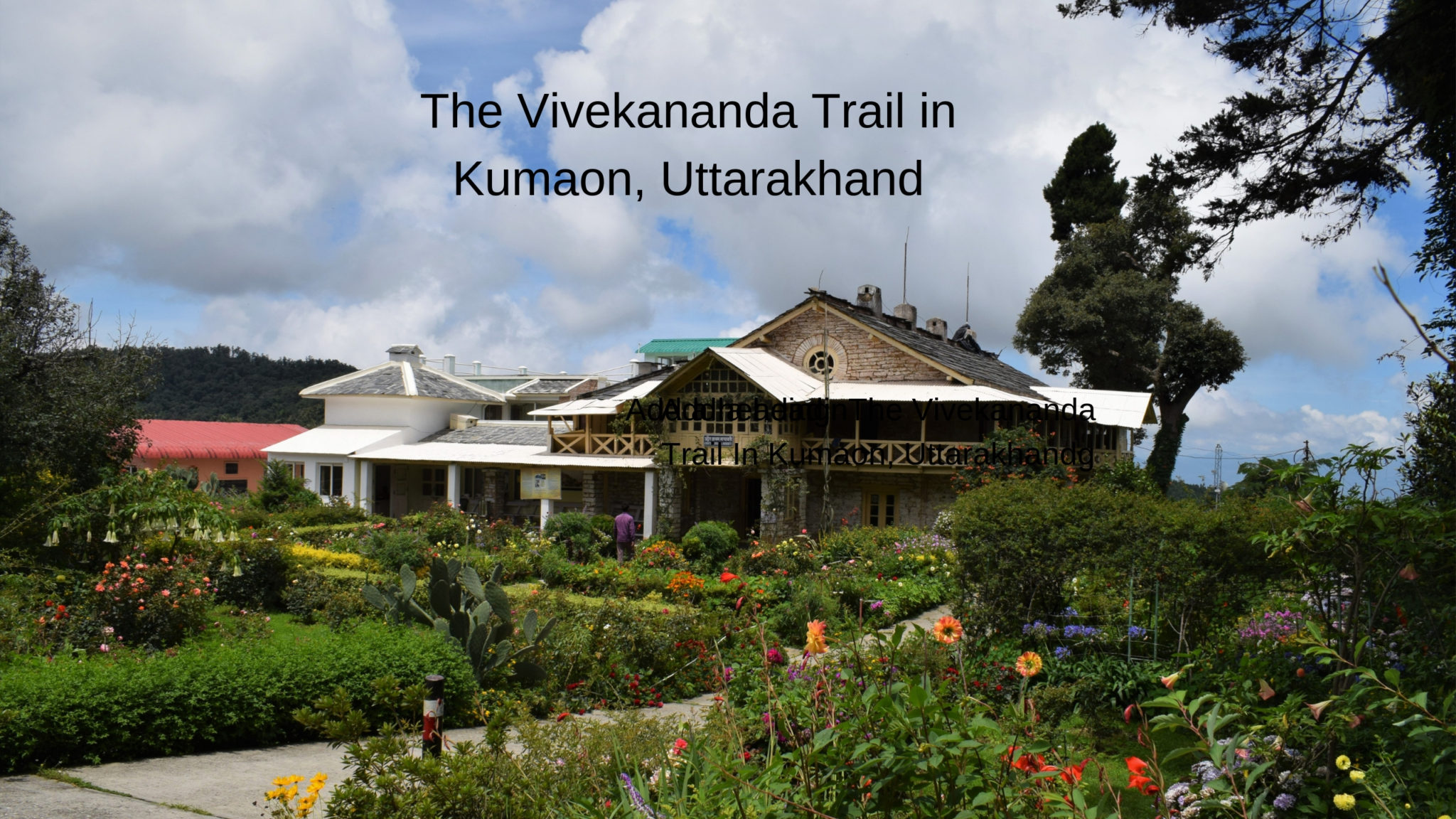
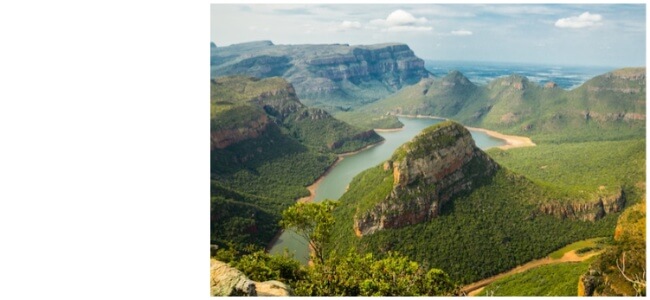

They all look delicious! I think, just by the description, I would like Mysore Pak the most!
Mysore Pak just melts in the mouth. It is yummy. 🙂
I love Rosogullas and Mishti Doi of Bengal. Mysore Pak – I had the best ones in Coimbatore, though they tell me you get it better in Mysore . I love the Ghajak of Rajasthan as well ….each state in India has so many options….hard to cover them all.
Ya I know, the list is endless and if you have a sweet tooth, you will love them all. 🙂
My friends and I just ate dinner tonight at the top rated Indian restaurant in Panama City, Avatar, and they only offered 5 boring desserts. Nothing good like what is listed in this post. 😉 Naturally we passed.
Oh that’s a pity. I know for sure the in California and New Jersey, there are a lot of Indian restaurants which offer authentic Indian stuff. Not sure about Panama.
Haven’t tried any of these yet but they all look delicious!
They are delicious and you should try them someday Tarah. 🙂
I have not had any of these, and they all look delicious.
I suggest you try them out soon Heather. 🙂
What a fascinating write up! I love the history, particularly the big about sugarcane history and the Mānasollāsa. Thank you for being thorough and sharing interesting stuff!
Thank you Rob. 🙂 I love to explore the history behind the food / desserts.
Indian food is my favourite!So many types of desserts are available too..seriously, I was telling someone the other day how we had a festival in Kolkata that was only centred around a specific type of Sondesh!Nolen Gur..or a type of jaggery…and there were 15-20 stalls with numerous varieties of this sweet..all having the same basic ingredient..Love it!!
Absolutely! There are so many varieties that some times it becomes difficult to choose what to eat and what to leave!
Slurrrrrrrrrrrp! I have a sweet-tooth!
Me toooo. 🙂
I wouldn’t mind trying these. They look delicious!
Haha.. they are yumm and should try out. 🙂
I love indian food it is so yummy.
I bet. Thanks Katia.
You didn’t add Rasgulla to the list. That’s my favourite!!! :)))
Rasgulla is very there in the post. Looks like you missed reading it. 🙂
What an educational post and yummy at the same time! Can’t wait to try out some of these desserts.
Thank you Christina. 🙂 Do try them out someday.
I love Indian food, but as someone whose experience of Indian desserts pretty much stops at Kulfi ice cream, this was very useful to know. Definitely liking the look of the Mysore Pak 🙂
That’s nice to know Joe. 🙂 Do try out these desserts.
Traditional Indian dessert made with thickened, strained yogurt sweetened with sugar. Addition of saffron, cardamom and nuts makes this a colorful sweet. Its called Shrikhand by natives.
You are right Adolph. Shrikhand is one of my favorites and I will cover that in my next post. 🙂
YES!! I had this dessert served to me on an Air India flight from Kathmandu to Delhi. I loved the taste and texture but had no idea what it was called or made of. For TWO YEARS I’ve been searching, and you, my friend have given me my answer. It was a Rasgulla! Thank you!!!!
Oh that is interesting to know! Great to know you like Rasgulla! 🙂
OMG! I love Indian sweets having grown up in Little India in NYC. My favorites are rasgulla. 😋
Great to know that Haisu. 🙂
Yummmm! They all looks so interesting and yum! I never heard of these Indian sweets and there not as readily available in the Philippines but I’d love to try them one day if ever I visit India 🙂
They are yummy. Whenever you plan to visit India, do try them out. You will love it. 🙂
Omg, those look delicious. I thing i would gain weight in India!:)
Delicious! The best one for me is “Rasgulla” , sweet, soft and delicious.
That is nice to know.
This all looks so delicious and I have a major sweet tooth, so I’d be down to try it all! When we travel we like to try as much as possible. Food is one of the most amazing ways to experience another culture in my opinion!
I’m such a sweet tooth and would really love to try these treats. They do have a lot of sweet alternative in India.
I have never even heard of any of these sweets! I would like to try them to see how they taste and compare them to what I’ve had.
Such a poetic way to describe the deliciousness of Indian sweets. If you put it that way, I should really give these treats a try.
I have never tried Indian deserts before, probably because I’m too busy stuffing myself with main dishes! Would love to take a long trip to get a real feel for the country!
I love to try cuisines from different cultures. Although the names of these desserts are difficult to pronounce, I still think they look delicious!
Food from around the world always interests me, it is really exciting to see how different countries do things and these sweets all sound like I need to try them.
I’ve never seen of these sweet delicacies before in my life. They look so delicious, there are a number of restaurants in my area, I will ask for some next time I go.
I have always enjoyed finding new foods from all over the world. It is such a cool thing to see how different countries eat and SO MUCH FUN to try the foods. Those sweets sound amazing.
There are so many of these that I never knew about. I do not venture much out of where I am or my comfort level. I need to though and expericne some of these flavors.
These all look so unique! And so delicious. I’ve never tried these, but I will definitely have to.
I can honestly say that I have never had Indian sweets before! My dad travels to India a lot and I will see if I can get him to bring things back!
Indian sweets 🙂 Rasgulla! Mysore Pak! Kheer! Gulaab Jamun! I have started drooling after reading this article. No sweet can be as delicious as Indian sweets.